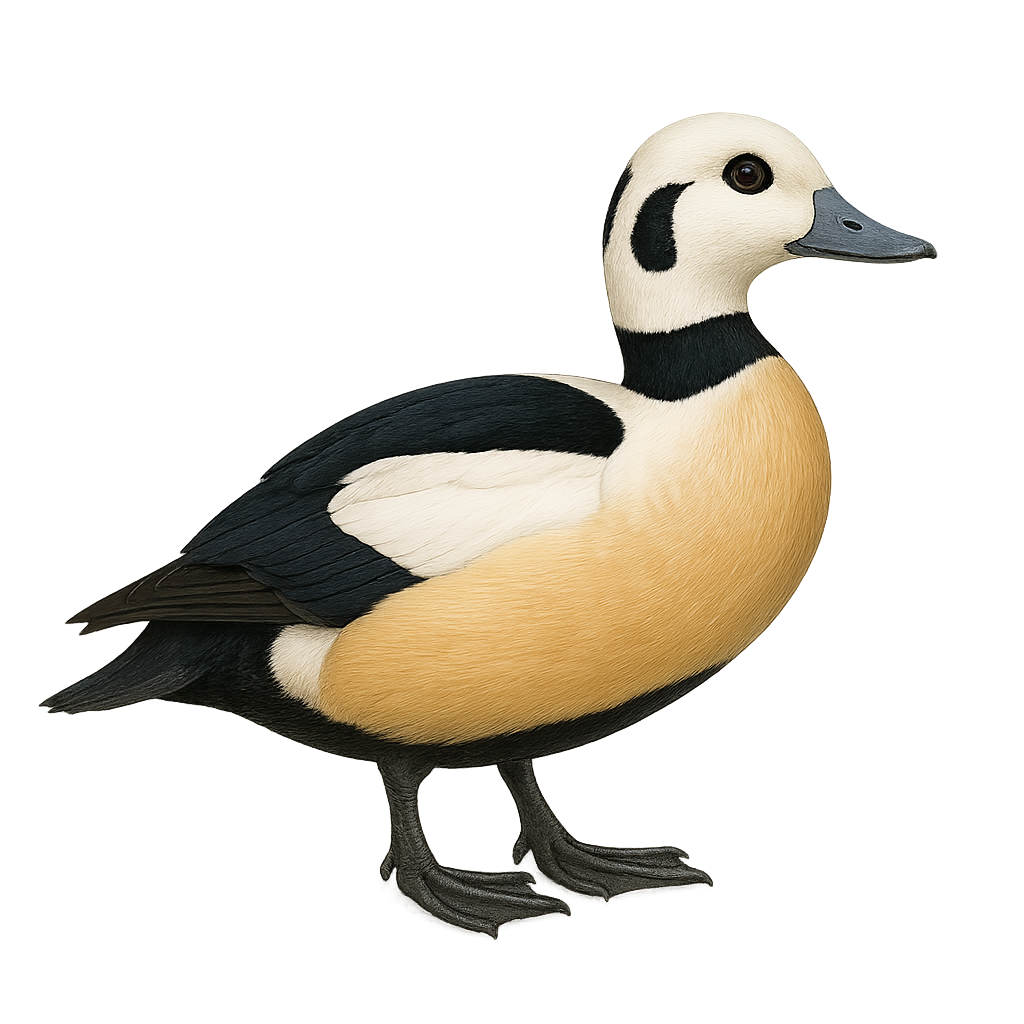Your wildlife photography guide.
Explore the steller's eider in detail, study its behavior, prepare your shots.
Where to observe and photograph the steller's eider in the wild
Learn where and when to spot the steller's eider in the wild, how to identify the species based on distinctive features, and what natural environments it inhabits. The WildlifePhotographer app offers tailored photography tips that reflect the steller's eider’s behavior, helping you capture better wildlife images. Explore the full species profile for key information including description, habitat, active periods, and approach techniques.
Steller's Eider
Scientific name: Polysticta stelleri

IUCN Status: Vulnerable
Family: ANATIDAE
Group: Birds
Sensitivity to human approach: Suspicious
Minimum approach distance: 30 m
Courtship display: June to July
Incubation: 24-26 jours
Hatchings: June to August
Habitat:
Coastal areas, tundra, wetlands
Activity period :
Primarily active during the day, with peak activity in the morning and late afternoon.
Identification and description:
The Steller's Eider is a distinctive sea duck known for its striking plumage and migratory habits. Males display a striking breeding plumage with a white head, black eye patches, and a brown and black body. Females are more subdued, primarily brown, allowing them to blend into their natural habitat. These birds breed in the Arctic regions of Russia and Alaska, often nesting near lakes and rivers. In winter, they migrate to more temperate coasts, where they primarily feed on mollusks and crustaceans. The Steller's Eider is a vulnerable species, threatened by habitat loss and climate change.
Recommended lens:
400mm – adjust based on distance, desired framing (portrait or habitat), and approach conditions.
Photography tips:
To photograph the Steller's Eider, it's advisable to use a telephoto lens of at least 400mm to capture detailed images without disturbing the bird. The best photography opportunities arise during their winter migration along the coasts. Look for areas where they gather to feed, usually early in the morning or late in the afternoon. Be patient and discreet, using neutral-colored clothing to blend into the environment. A tripod can be useful for stability, especially in low light conditions.
The WildlifePhotographer App is coming soon!
Be the first to explore the best nature spots, track rutting seasons, log your observations, and observe more wildlife.
Already 1 439 wildlife lovers subscribed worldwide

